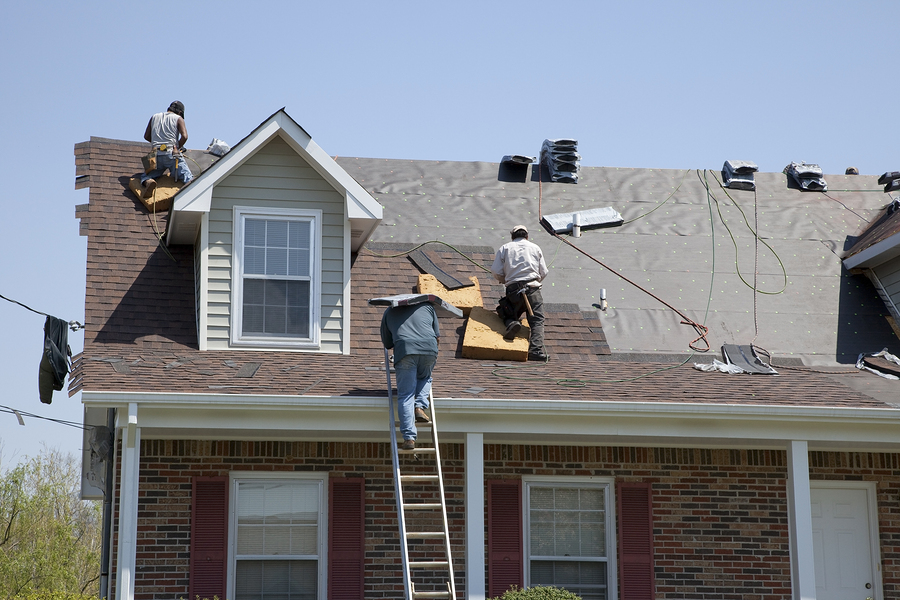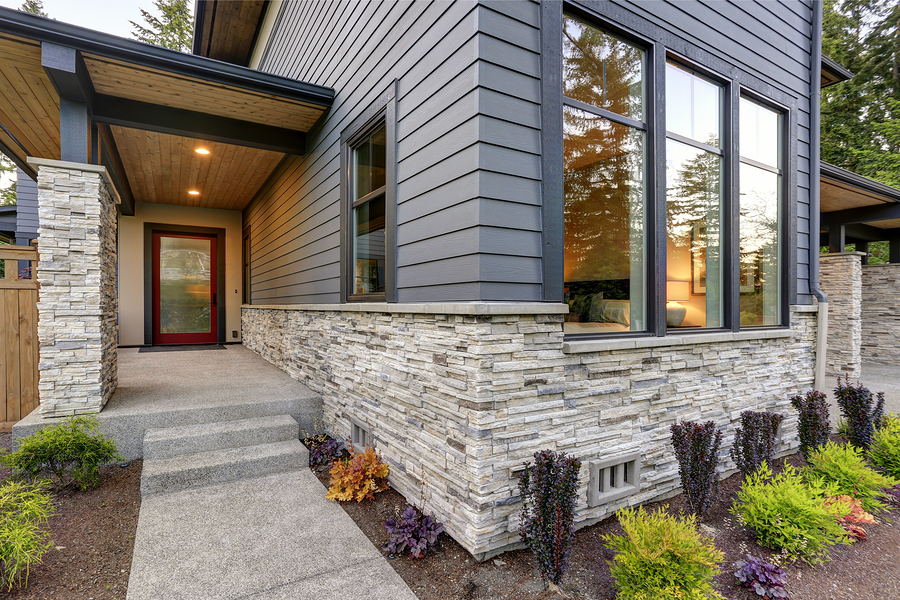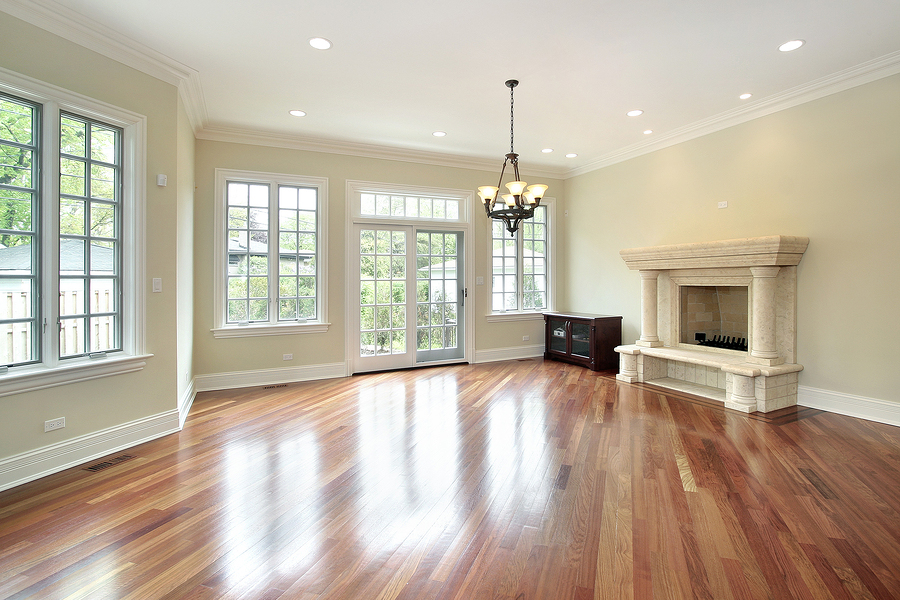Thinking About Investing In a Fix and Flip? Ask Yourself These Questions First
Fix and flip properties seem to be all of the rage right now. There are endless TV shows out there all about fix and flip properties and so many pros out there who swear by investing in fix and flips as the best way to make a serious return on investment.
There are many people out there, with a DVR full of HGTV shows who think that they too may be able to take on fix and flips. However, it isn’t always as simple as it seems on television. And it isn’t always a guarantee return on investment. In fact, a majority of people who try out fixing and flipping for the first time, end up losing their investment and losing their money.
If you are thinking about getting into the fix and flip market, you should consider asking yourself a few questions first, to determine if you are really ready to make the jump into fix and flips.
- What is your plan to find the best deals? It is always important to have a serious plan on how you are going to find potential properties and what your maximum budget is.
- Do you know what area you are planning on flipping in? It is always important to focus on location, location, location. Look for up and coming neighborhoods where flipped houses are being sold so you can buy low and sell big.
- Do you have a contractor? The right contractor is key to a successful fix and flip.
- Do you have a realtor or a realtor’s license? You should either plan on getting your own realtor’s license, or make sure you are factoring in a realtor fee.
- What is your minimum break-even amount? You need to realize how much you need to make from a fix and flip in order to pay your bills and make enough income to stay afloat.
- Do you have a backup plan? If things go south with your fix and flip and you aren’t able to return your initial investment? Is it going to crush you financially if you lose money on this deal? If you are, then it isn’t a smart option.
- How are you going to finance? When it comes to financing your fix and flip, remember there are other options than a traditional mortgage, because this isn’t a traditional real estate transaction. Consider whether you are going to borrow funds or use a popular loan option like a hard money loan.
Sit down and really ask yourself these questions. If you are confident in your answers, then you may be ready to get started with a real estate investment. However, keep in mind that your answers may highlight that you aren’t quite ready for this type of big commitment. Either way, you need to make sure that you really think about your decision before jumping into fix and flips.











